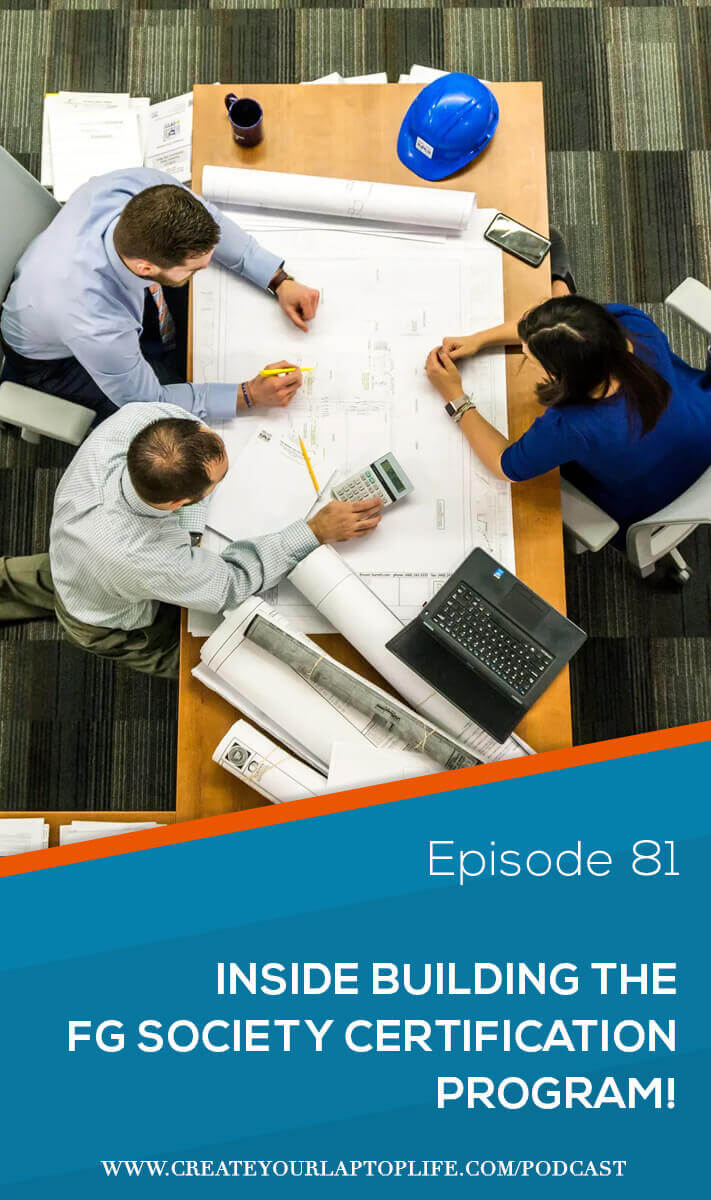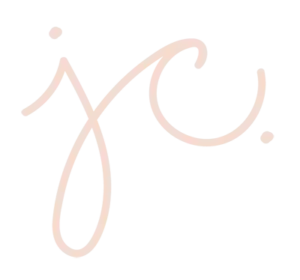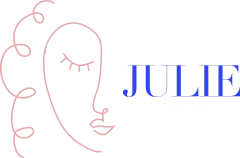Subscribe On:
Full Transcript:
I want to take you behind the scenes of building a certification program. So in the last episode I talked about why I had been kind of MIA and it’s because I’ve been really head down working on the Funnel Gorgeous Society content. And now today I kind of want to give you a little bit of instructional design advice, as I have been building this new program.
So for those of you who don’t know, Funnel Gorgeous Society is a certification program that teaches service providers, freelancers, and agencies how to build funnels, specifically focused on offer creation and strategy, funnel copy and funnel design. So it is a big nut to crack. A lot of certification programs, a lot of digital marketing programs focus on one of those three. They focus on either design, or copy, or offer, funnel strategy, or something else, like social media and paid ads. We are not tackling the social media/paid ads, but we are trying to tackle all three, so it required a tremendous amount of focus.
So the first piece of advice I want to give you, and this is really gonna be advice whether you’re doing certification or a course, is that you really have to understand what the walk away with is for your student. And what I mean by that is, what is the thing they will carry with them after the course is over? And when you think about it that way, when you think about someone walking away with something in their hand, it helps crystallize what it is you want to teach.
And this was incredibly important for FG Society, because when we first start brainstorming we realized that there is a lot of depth to design and copy especially that falls outside the realm of just funnels. As we were talking, Cathy and I were talking about design I was like, ‘Well, my gosh, we could teach them print design and label design, and packaging design, and graphic design, and animation, and illustration, and graphics, and headers, and logos.” And we were just kind of going deeper and deeper down the rabbit hole.
And it wasn’t until we asked the question, “What do we want the students to walk away with being able to do?” that it became very obvious what we had to teach. And more importantly, what we had to get rid of. And that’s incredibly important because if you don’t know that, then you end up scoping out. And a lot of people who say, “Oh my gosh, this course got bigger than I expected.” They usually haven’t done that work first.
So we took on the idea that we were going to do applied funnel design, and by applied we meant we were going to teach the design principles that you would most likely encounter while building a funnel. So did that mean logos? Yeah, it did because a lot of courses have logos. And so we need to teach people how to create course logos. We also need to teach them how to create offer shots and product mockups, we also need to teach them how to create little, original graphics and things like that.
Not super complicated, we’re not going to teach them how to make you know, animated illustrations or anything like that, but we were looking for, “What are the concepts that need to be taught at that deep level in order for them to be able to apply that funnel design?” That allowed us to sort of walk away from things like, “How to create packaging. How to create labels.” And things that would be in a graphic design undergraduate program, but is not going to be covered in our program.
So ask yourself, “What do you want them to walk away with?” the same thing we had to do with copy, because copy you could go for days talking about all the different types of copy. And we decided to do applied copy skills as it relates to the funnels. So specifically related to sales pages, emails, registration pages, webinar presentations, still a huge nut to crack, which again, is my excuse for why I haven’t been podcasting.
Okay, so that’s the first thing that I’m going to say. The second thing is that when you create a certification or any type of course program where it’s very skills based, that kind of program should be probably produced a little bit differently than other types of programs. And what I mean by that is you want it to be easily referenced. And so some of the classes that I’ve done, I do live. And I love to do them live because I love to have students in the room, I love them to ask questions, it makes me a better teacher. And so for example, Funnel RX which is our introductory funnel program, is a live class. So it’s an hour class and there’s four classes.
However, in a certification when you have to be able to reference the material specifically because you’re being asked to take an exam, and it’s very skills based, we had to produce this course differently. So it is all what I would call micro videos. So every video is super short and tackles one specific skill. So for example, phase two, which I just wrapped up is all about funnel copy. And the whole sort of lynchpin on the program is that we are going to teach sales copy, because my argument is that with sales copy you can learn every other type of copy in emails and launches and webinars because sales copy is like the big domino.
So I actually ended up creating 11 modules just to break down the sales page, and really help people understand. There’s a module just on headlines. There’s a module just on the guarantee. There’s a module just on urgency and scarcity, just on igniting the problem, just on building rapport. So that, in that way, it’s very easy for a student to go back, it’s a 7-10 minute video at most, and they can watch the video on let’s say, FAQ, watch the video and then go write the FAQs and have a better understand on how to write that piece of the copy. Not only that, but then when it comes time to the exam, they can easily reference the material.
So in addition to short videos, we also are transcribing every single video, because some people are, they just need to read. Especially people who English isn’t their first language, it’s easier to understand. So from an instructional design standpoint it has to be a little bit more produced than a live class. So that’s the second thing.
The third thing, and one that I kind of knew but didn’t really understand fully until I got into it, is that there’s a lot of anxiety around test taking. So whenever you have a certification that requires people pass something, you have to take into account that the students are going to feel a little bit more anxiety than just a course that they could buy and leave on the shelf.
So there is more skin in the game, usually. There is more completion of the content, which is amazing, especially if you combine an exam with short videos, because then it’s easy for the student to complete them. They know, “I’ll just watch a ten minute video and that will be amazing.”
So when you have an exam you want to just make sure there’s a wide net so people don’t feel like they’re falling behind. So when we scheduled out this certification, we decided to give, so the certification is in 3 phases. So phase 1 is offer creation and strategy. Phase 2 will be funnel copy, and phase 3 will be design. The program is going to span 6 months, which is kind of long, but we did that for the first round just to give ourselves breathing room, turns out it’s the best thing we could have done.
So the program started June 15, and it ends July 31st. So there are only 13 short modules in phase one. So it’s basically not even 3 hours of content. However, the content is very, very chocked full of information. And there’s a lot being taught in those short videos. And of course, we had some pre-requisites, so there’s some other things.
But it turns out that giving people 6 weeks to consume about 3 hours of content, plus 3 hours to take the exam, is just the perfect amount. People are so grateful that there’s still time, that they’re not behind. So it’s really, I would say if you take the 6 hours for the you know, the content and the exam, plus another, let’s just be generous, another 6 hours to go through the pre-requisites, we’re talking about 12 hours of content and we’ve given people 6 weeks to complete.
And everybody’s loving it. Phase 2 starts August 15 and we have been able to post takeaways in the group and just create this environment where everybody feels like even if they miss a few days or even a week it’s okay. So use that as a benchmark for yourself. About 12 hours of content for 6 weeks, seems to be working well. It is also 2020 I should argue, and it is an exceptional year where things are very different. So it could just also be that we needed some extra runway, because #2020.
So a lot of people have been asking, “How did you know how to do a certification?” and I would say that while this is my first certification, I really feel like I understood the material well enough to know what had to be tested. So we are doing an exam. The exam has actually been a lot harder than I thought. You want to make an exam that’s difficult but not hard to pass. Because it’s an open book exam, we also wanted to make sure that to protect the integrity of the exam that there’s no answer key floating around. So it requires us to create an exam that is pass/fail.
So we’re using for now, we’re using Google Forms. Did you guys know that Google Forms actually works really well for quizzes. It’s pretty robust, we looked at a bunch of software and decided that Google Forms worked great. I am working with a consultant, Jen Grayeb, Cathy and I love her, and we brought her in. So she has been working on sort of the logistics of the exam. We did have a bunch of people take the exam ahead of time. We had people take the exam who know the content, who went through the content. We had people take the exam who went through the content but were complete newbies, had never heard it before. And then we also had a few people take the exam who never went through the content at all.
And of course we had to work out, we had a lot of amendments to the questions, just to make sure they were super clear, and then we’ve been working on a standard operating procedure for grading. My favorite part, and hopefully I’ll get to show this to you guys on social media at some point, is we’ve been working on a badge. So all the certified marketers, once they complete the 3 exams, will be certified. So our badge is actually a 3 part badge.
So after you complete phase on, you’ll get the first 3rd of your badge, complete phase 2, the second 3rd, and then the 3rd will certify you. And then you will be on our website as a partner that we refer work to. So we are super excited. In fact, we are working, we just launched a brand new blog site that we are going to connect up to our primary website. So if you go to funnelgorgeous.com that’s our website. If you go to marketinggorgeous.com, that is our new blog. We are going to have lots of room there to highlight our providers, our certified marketers, tell you all kinds of good content, stuff like that.
So that is sort of behind the scenes of what has been going on with FG Society. So I hope that has been helpful for you. Guys, if you enjoy my podcast, if you find that I give good nuggets, would you please subscribe and leave a review, I love, love, love to read my iTunes reviews. So I appreciate that so much. And I appreciate you all land I will talk to you soon.









0 Comments